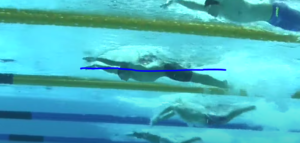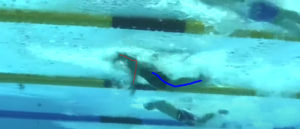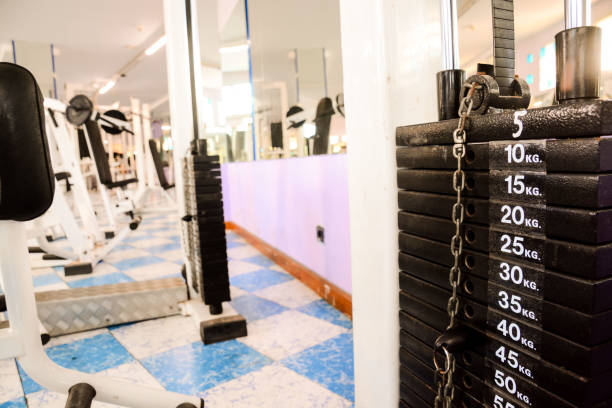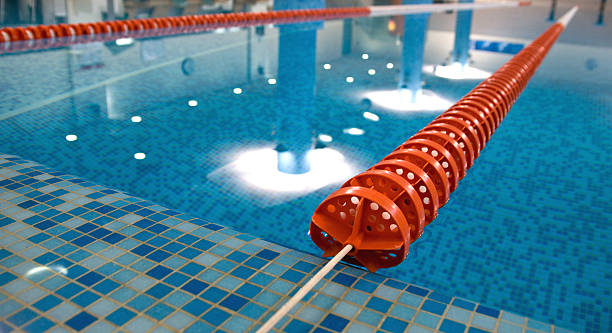Mastering the Art of the Butterfly Stroke: Techniques and Tips
The butterfly stroke is often regarded as the most challenging and demanding of the four competitive swimming strokes. Its unique combination of power, grace, and technical complexity makes it a true test of a swimmer’s skill and endurance. Mastering the butterfly stroke requires dedication, proper technique, and a deep understanding of its nuances. In this comprehensive guide, we’ll explore the essential techniques and tips to help you conquer this elegant yet grueling stroke.
Body Position and Undulation
Maintaining the correct body position and undulation is crucial in the butterfly stroke. Unlike other strokes, the butterfly requires a distinct wave-like motion that propels the swimmer forward.
- Keep your body in a streamlined position, with your head neutral and your hips high near the water’s surface.

- Initiate the undulation from your core, allowing the wave-like motion to travel down your body and into your legs.
- Engage your core muscles to generate power and maintain a consistent undulation throughout the stroke.
Arm Movement
The arm movement in the butterfly stroke is characterized by its simultaneous and symmetrical action, making it unique among the competitive strokes.
- Begin with your arms extended forward, hands shoulder-width apart, and elbows slightly bent.
- As you initiate the stroke, sweep your arms outward and downward, making sure to have a high elbow catch as shown below
-

- Continue the pull by sweeping your arms inward and backward, keeping your elbows high and your hands close to your body.
- During the recovery phase, lift your arms out of the water simultaneously, keeping them straight and relaxed with
- DO NOT crash arms into the water but lightly place them
Kick and Timing
The dolphin kick is an integral part of the butterfly stroke, providing the necessary propulsion and rhythm.
- Perform a powerful, undulating kick that originates from your core and travels down your body.
- Coordinate the kick with your arm movement, ensuring that the downbeat of the kick coincides with the catch phase of your arm pull.

- Maintain a consistent rhythm and timing throughout the stroke, allowing for a smooth and efficient transition between the kick and arm movements.
Butterfly Stroke Kick
Breathing and Rhythm
Proper breathing and rhythm are essential for maintaining a consistent and efficient butterfly stroke.
- Breathe during the recovery phase of your arm stroke, lifting your head slightly above the water and taking a quick breath.
- Exhale forcefully into the water as you initiate the catch phase of your arm pull.Develop a consistent rhythm that allows for seamless transitions between the arm pull, kick, and breathing
The butterfly stroke is a true test of a swimmer’s skill, strength, and determination. By dedicating yourself to proper technique, consistent practice, and a deep understanding of the stroke’s nuances, you can master this elegant and powerful stroke, unlocking new levels of performance and personal achievement in the pool



